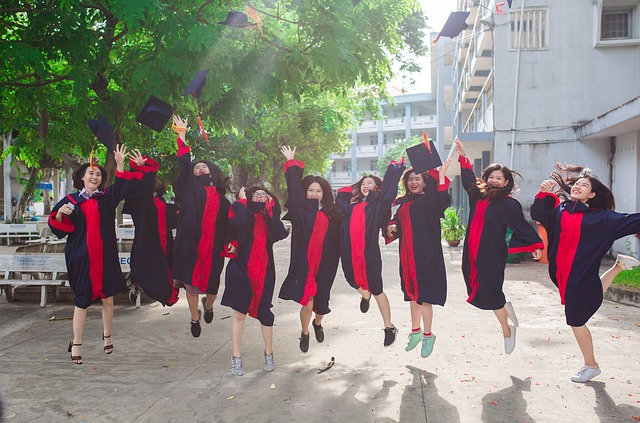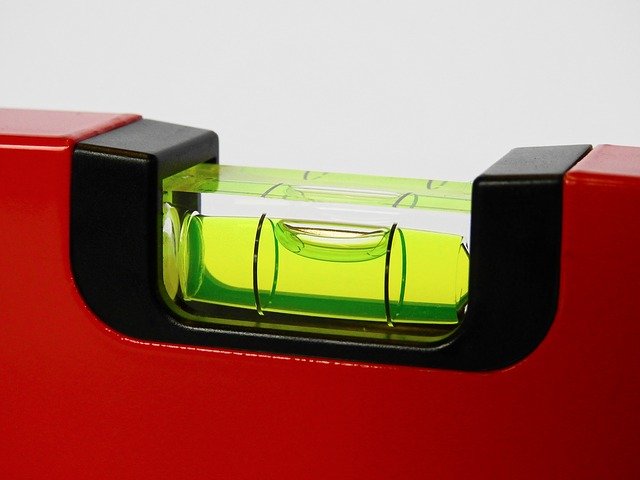Every year, academic institutions around the world send out glossy letters and magazines to alumni in the hopes of enticing them to ‘give back’ to their alma mater. And while some institutions are rewarded by generous cash donations, and sometimes an entire new building or wing, others struggle to generate much interest among past students. So, what is the magic touch that some fundraising departments seem to have? Or what is it about some institutions that command such loyalty and generosity from ex-students? And what can your institution do to improve your success rate?
It turns out, philanthropy is the result of a complicated interplay between altruism and self-interest. People do want to do good, but they also want to have a certain amount of control over the good they do. In other words, people don’t donate simply because they’re asked, they donate to causes that they fundamentally care about. So, to answer the question of why your alumni aren’t donating to your academic institution, you must first ask why don’t they care more about it.
Here are 7 top reasons your alumni aren’t donating, and what you can do about it.
1) They think you have enough money

Many people are under the impression that academic institutions are cash cows, generating millions in revenue from student fees, government subsidies, and donations. And certainly, when looking at a typical school’s proud façade and impressive teaching staff and resources, one could be forgiven for thinking that academic institutions don’t lack for financial support. But most people also don’t know the costs involved in keeping an institution running, year after year.
How you can address this: Be more transparent about how you use money. Students have very little idea how much eminent academics must be paid, how much lab equipment costs, what it takes to keep the lights on in such a large organisation. Although you don’t have to release full financial reports, it may be helpful to break down your basic income and outflow into simple calculations and charts in your next round of alumni communication. As graduates, your alumni will appreciate rational arguments based on solid facts. And when they see how expensive running an academic institution actually is, they may be more motivated to help.
2) They think they should be supporting more ‘important’ causes

Many people will donate to cancer research facilities, animal rights organisations, or child protection services. These organisations have clear mandates, and donors are reassured that their money is going to something they care about. Donating to an academic institution seems like a much more indirect way of making a difference, as donors often don’t know exactly how their money will be used.
How you can address this: Familiarity is key for donations, with people supporting things they know. So, again, transparency is key. You could explain that you are fundraising for a new library wing, for example, to enlarge your collection of legal texts. Or that you’re upgrading the computer lab. You can also let alumni choose the cause or department they want their money to go to, like sporting scholarships, or medical research. Once alumni understand that the money is going towards the library where they met their future spouse, or to a sports scholarship that they themselves received, they’ll be much more willing to dig deep.
3) They never felt a sense of belonging

Some students go to class, go home, rinse and repeat, and once they leave their academic institution, they never think about it again. That’s because they never felt a sense of belonging. Students who made friends (often lifelong friends), joined clubs and learnt new skills or picked up new hobbies, and generally enjoyed an experience instead of a mere education, will be much more likely to have fond memories of their school.
How you can address this: Encourage students to get the most out of their university days. Kalido networks are great at bringing people together. Networks can be created for a department, a class, a study group, an interest or sport, or for the entire institution. Network members can see each other’s skills and interests, and common contacts – giving natural icebreakers for starting conversations. Network members can also introduce each other, so students can make friends fast. The Nearby feature will also tell them that their mate from first period is hanging out at the cafeteria, so they don’t obliviously walk by for a lonely lunch on the lawn. And the free chat and call features make Kalido the ideal tool for coordinating busy social schedules on a student budget.
By encouraging your students to mix, make friends, and create communities, you’ll improve their sense of belonging. So, as alumni, when they’re asked to support their school, they’ll be happy to.
4) They don’t remember to

Most schools send out one communication per year. And though this may seem appropriate, as you don’t want to appear needy or aggressive, you could also take a page from advertising. There’s a reason you keep seeing the same ads over and over again, it’s because repetition works. Many (M)admen adhere to the Rule of 7. Research from Microsoft suggests repeating a message anything from 6-20 times. While your once a year reminder is better than nothing, it could have arrived when someone was in the middle of something, and became an ‘I’ll get to it’ thing. Or it could have arrived when budgets for the year were already allocated. Or your glossy magazine may just have been used as a coaster.
How you can address this: Find more ways to communicate with your alumni without being annoying. It may not be financially feasible to produce more glossy mags, but how about an emailer, or a text? Or how about a reminder from the administrators of Kalido networks? In addition to notifications about the Class of 2002 picnic next weekend, administrators could remind members that their donation could save the Architecture Faculty’s iconic fountain. Having alumni appeal to other alumni is a much more effective means of fundraising than another Message from the Dean You’ve Never Heard Of.
5) They don’t know how to

Are you still making donors fill out physical forms with their banking details on it? If so, your institution needs to be dragged kicking and screaming into the 21st Century. Because you’re asking for a favour, you should make the donation process as easy and hassle-free as possible. If your alumni have to scour your website for the small Support tab on page 6, or write a physical cheque, or fill out a form of any kind – your fundraising is doomed to fail.
How you can address this: Quick, easy, safe. Those are the magic words that should always describe your donation process. Build click-through payments into your emailers, have cash donation boxes at alumni events, capture banking details on alumni profiles for one-click donations, build mobile payment channels etc. With online and cellphone banking, you can receive donations from alumni across the world in a matter of seconds.
6) They can’t afford to

The global economy has been slow to recover from the collapse of 2008/2009. Many alumni may also still be struggling to repay their own student debts, and are not in a position to help anyone else. In hard economic times, people don’t always have the will or means to think about philanthropy.
How you can address this: Help your students become as marketable and financially savvy as possible. Some institutions host employer Open Days that usually involve a few company lackies handing out brochures, and leave it at that. Other institutions are more proactive, and actively help students find internships and mentors. Some schools have tutors helping with CV prep. Precious few offer financial literacy classes that teach young people to save, invest, fill out tax returns, and generally manage money responsibly.
Kalido can connect your students with mentors, potential employers, tutors, investment and saving specialists, and a range of other professionals to give them an edge over graduates from other institutions. Anything you can do to help your students become financially stable now translates to a wider pool of alumni with the means to donate in the future.
7) They don’t like your message

Calls to ‘give back’ may not resonate with alumni who didn’t feel they got much from their school in the first place. Particularly if they didn’t make friends, are still paying off student debts, and think you’re a greedy institution with plenty of money anyway. So, instead of appealing exclusively to nostalgia, it may pay to do some market research, and come up with more compelling messages.
How to address this: You can turn to the professionals – market researchers, advertising and marketing specialists (all of which can be found on Kalido) – or you can DIY it. Perhaps your school has a famous rivalry with another school. Could you revive that competitive streak to get more support? Perhaps many alumni met their significant other while studying. Could you remind them of those happy early days? Perhaps your school has produced a large number of Nobel prize winners or world leaders. Could you appeal to alumni hopes for their own children currently at your school? Remember that donations are a voluntary expense, so like all voluntary expenses, there must be something appealing about your message for someone to part with their hard-earned money.
If your fundraising department hasn’t had much luck of late, send them this article; have them try a few new things, and introduce Kalido on your campus. Good luck!

